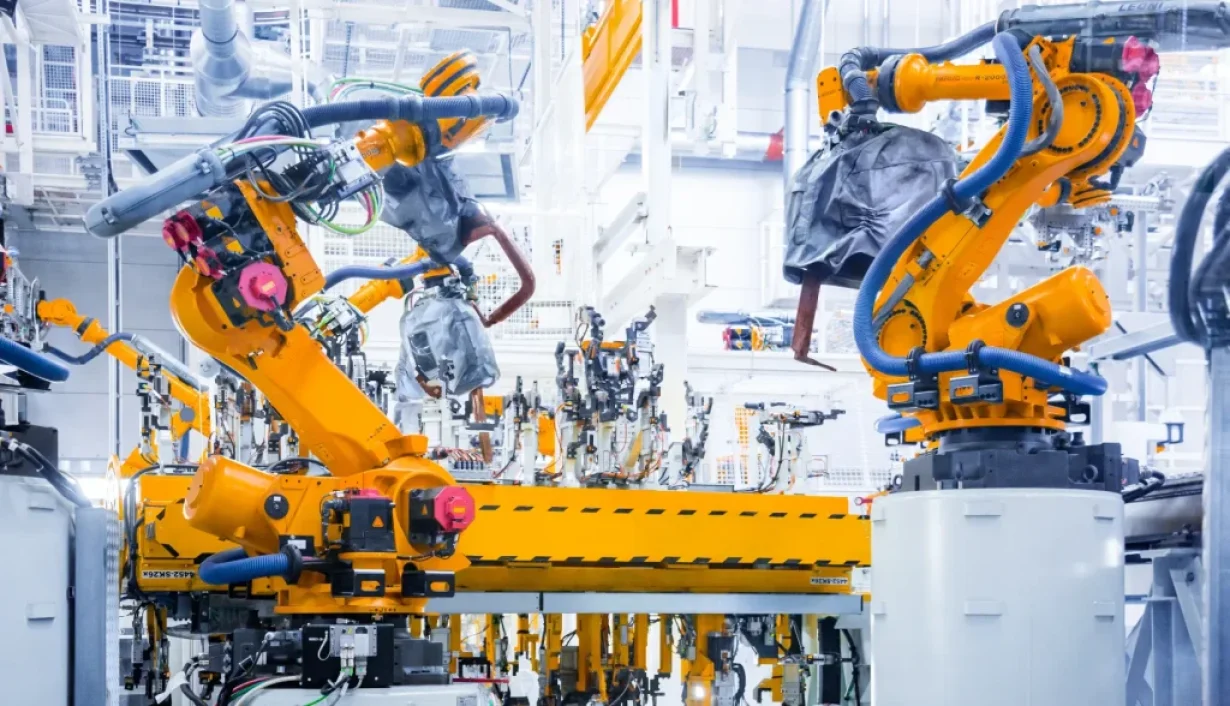
Manufacturing today is a high-stakes game. Factories worldwide are constantly grappling with issues like poor product tracking, inventory slip-ups, rising costs, and human error. These inefficiencies don’t just slow things down—they can lead to missed deadlines, unhappy customers, and serious financial hits. To tackle these challenges, companies are turning to digital transformation. In today’s fast-paced environment, it’s not just a nice-to-have—it’s essential. This is exactly where RFID (Radio Frequency Identification) steps in as a total game-changer. Over the past few years, RFID has rapidly gained traction in the manufacturing sector, offering companies real-time visibility, smarter automation, and actionable data that drives better decisions. With that in mind, let’s take a closer look at RFID in manufacturing industry —how RFID is shaking up modern manufacturing and why jumping on board now could be the difference between falling behind or leading the pack.
Understanding RFID in Manufacturing Industry
What is RFID
RFID, short for Radio Frequency Identification, is a technology that uses electromagnetic fields to automatically detect and track tags attached to items. Depending on how they’re powered, these tags can be passive, active, or semi-passive.
Unlike barcodes, RFID tags don’t need to be in plain sight to work—they can be read from several meters away. They realize real-time tracking and identification with way less manual work, fewer mistakes, and fewer delays on the production line.
How RFID Works in Manufacturing
In manufacturing, RFID is used to keep tabs on materials, parts, and finished products throughout the entire production process. From the moment raw materials arrive to when goods are shipped out, RFID provides real-time visibility. Each item carries a tag with a unique ID that can be picked up by readers placed along the production line or in storage areas.
This smooth flow of data helps manufacturers cut down on manual input, streamline operations, and spot issues like inventory errors or production slowdowns before they become bigger problems.

RFID vs Barcode in Manufacturing Industry
Barcodes still have their role, especially when budgets are tight, but RFID brings more advanced features that better meet the needs of today’s fast-moving manufacturing world.
| Read Range | Data Storage | Durability | Efficiency | Security | |
| Barcode | Requires a closer distance to scan | Only store basic information | Automate reading multiple tags at once over a long distance | Needs line of sight, manual scanning | Prone to duplication |
| RFID | Up to 15m (Passive tag) | Can store more complex information; supports rewriting | On-metal and On-liquid tags can withstand harsh environments | Automate reading multiple tags at once over a long distance | Data encryption |
6 Benefits of RFID in Manufacturing Industry
These are 6 ways RFID can give manufacturers an edge. Keep reading to see how it could boost your operations and where it can be put to work.
Enhance Operational Accuracy
Manually entering data is just asking for trouble, like wrong inventory counts, misplaced parts, and shipping mistakes that can cost you. RFID helps cut down on these risks by automating how data gets captured.
Thanks to real-time tracking and automated ID, you get way better accuracy in managing inventory, picking orders, and labeling shipments. So manufacturers can count on the system to give them the right info when they need it. In the end, fewer human errors mean less rework, fewer returns, and happier customers.
Enhance Production Efficiency
Wasting time hunting for misplaced items or manually logging components adds up fast. However, RFID lets you identify parts and tools quickly, speeding up assembly and production lines.
Workers don’t have to scan each item one by one. RFID tags can be read all at once and from a distance, meaning smoother workflows with minimal hiccups.
This means shorter cycle times, less downtime, and ultimately getting products to customers faster.
Efficient Automated Product Tracking
RFID tags like our on-metal RFID tags, RFID LED tags, and on-liquid RFID labels let you track products automatically from start to finish throughout the whole production process. From when you get the raw materials to when everything’s all packed up, every move is caught and logged in real time.
This kind of visibility gives you better control over how things are made, cutting down on bottlenecks, losses, or shrinkage. Managers can find out exactly where something is at any moment. Moreover, automated tracking makes it easier to comply with regulations, especially in industries like automotive and pharmaceuticals, where keeping tabs on everything is crucial.
Increase Production Visibility
Visibility is crucial in today’s manufacturing world. RFID systems give you a comprehensive overview of your operations by streaming real-time data into your ERP or MES systems.
This allows managers to keep an eye on production progress, spot delays early on, and make quick decisions. It also supports predictive maintenance, since machinery usage data can help schedule service before any breakdowns happen.
Improve Asset Management
Handling manufacturing assets like tools, equipment, and reusable containers is often a logistical nightmare. RFID simplifies this by tracking asset location and usage in real time.
RFID can also keep tabs on maintenance history, cut down on theft, and extend asset lifespan by enabling proactive servicing. This streamlines overall resource allocation and ensures assets are always ready when you need them.
Boost Productivity
Aligning accuracy, efficiency, transparency, and automation results in a significant increase in overall productivity. Staff can move their focus away from repetitive manual tasks and spend more time on high-impact, value-generating activities. Supervisors can focus more on strategic planning rather than constantly putting out fires.
RFID helps manufacturers make better use of their workforce, cut down on downtime, and expand operations without jacking up costs too much.
Conclusion
RFID isn’t just about basic functionality—it’s a game-changing solution that enhances smarter and more efficient manufacturing operations. By boosting accuracy, speed, and visibility, RFID cuts down on waste, slashes costs, and ups customer satisfaction.
Kick off your digital transformation journey today. Check out our custom RFID solutions or get in touch for a free consultation. Our team is ready to help you build a smarter, more efficient manufacturing system.
FAQ
Can RFID tags withstand harsh environments in manufacturing?
Industrial RFID tags are tough cookies—they handle high heat, moisture, dust, and metal interference like a breeze. Our specially designed solutions, such as our on-metal RFID tags, RFID LED tags, on-metal labels, and on-liquid labels, offer long-lasting reliability and top-notch performance even when the going gets tough.
When you pair these tags with sturdy RFID readers and finely-tuned systems, you get spot-on asset and inventory tracking accuracy—even in the roughest warehouse conditions.
What types of RFID tags are best suited for manufacturing environments?
Manufacturing settings often deal with heat, moisture, chemicals, metal surfaces, and constant movement. This means you need RFID tags that can tough it out while still working reliably.
The best picks are our On-metal RFID tags, RFID LED tags, on-metal RFID labels, and on-liquid RFID labels—all can handle the rough stuff in extreme industrial processes.
Picking the right tag depends on the environment and what kind of industrial asset you’re tracking.
Will it be difficult to integrate RFID systems with existing manufacturing software?
Not at all. Modern RFID platforms are designed to be super flexible and work with most manufacturing execution systems (MES), enterprise resource planning (ERP) software, and other operational platforms.
Integration usually involves middleware or API connections that let RFID readers and tags talk to your existing software in real time.
With the right planning and vendor support, businesses can roll out RFID without having to completely overhaul their entire IT setup. Integrating RFID often boosts existing systems by automating data capture, improving accuracy, and giving you real-time visibility into production, inventory, and workflows.
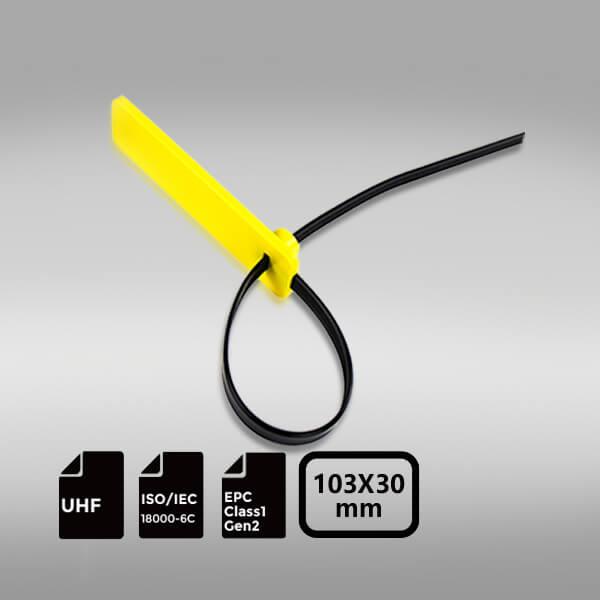
Impinj Monza® 4QT ABS and Nylon RFID Cable Tie Tag
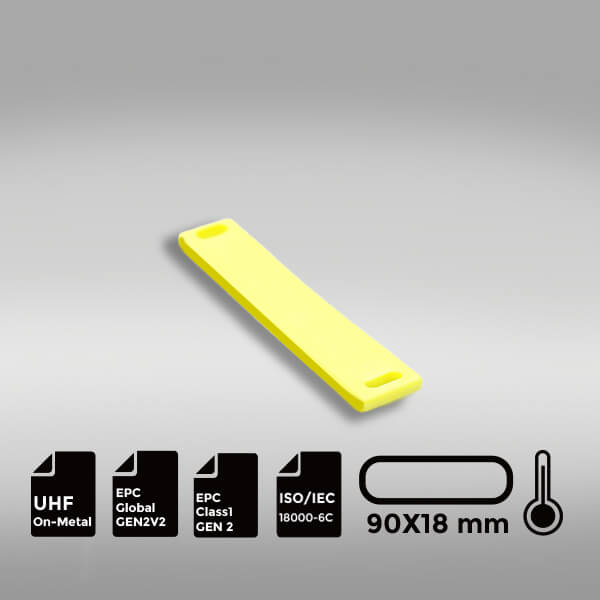
Flexible On-metal Impinj Monza® R6 TPU UHF RFID Tag | 90x18mm
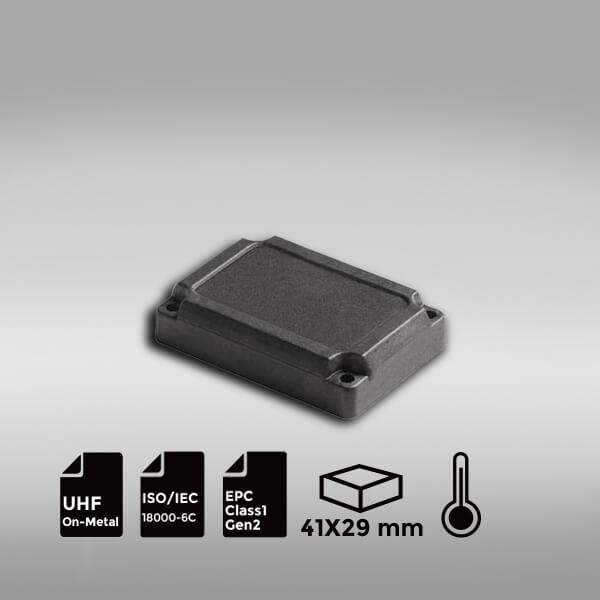
Chemical Resistant NXP UCODE® 8 PEEK RFID On-Metal Tag | 41×29 mm
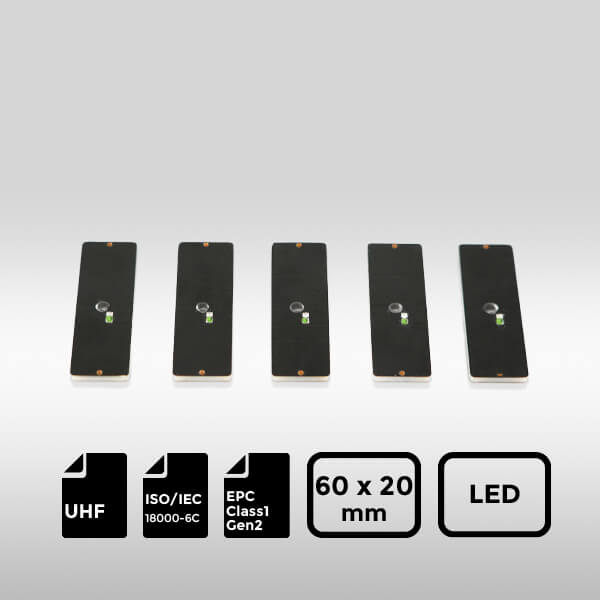

RFID Antenna UHF
15-Meter Cable for UHF RFID Fixed Reader
UHF Tag
4″x2″ 860-960MHz UHF RFID Label RFID M4D
UHF Tag
4″x4″UHF RFID Label Alien H3 | ISO18000-6C
RFID Antenna UHF
5-Meter Cable for UHF RFID Fixed Reader
HF Card
ABS RFID KEY-FOB Tag RFID Classic 1K
HF Card
ABS RFID KEY-FOB Tag RFID Classic 4K
HF Card
ABS RFID KEY-FOB Tag RFID Ultralight C
HF Tag
ABS RFID KEY-FOB Tag RFID Ultralight EV1
LF Card
ABS RFID KEY-FOB Tag ATA5577
LF Card
ABS RFID KEY-FOB Tag EM4200
HF Card
ABS RFID KEY-FOB Tag EM4305
HF Card
ABS RFID KEY-FOB Tag RFID TAG 213